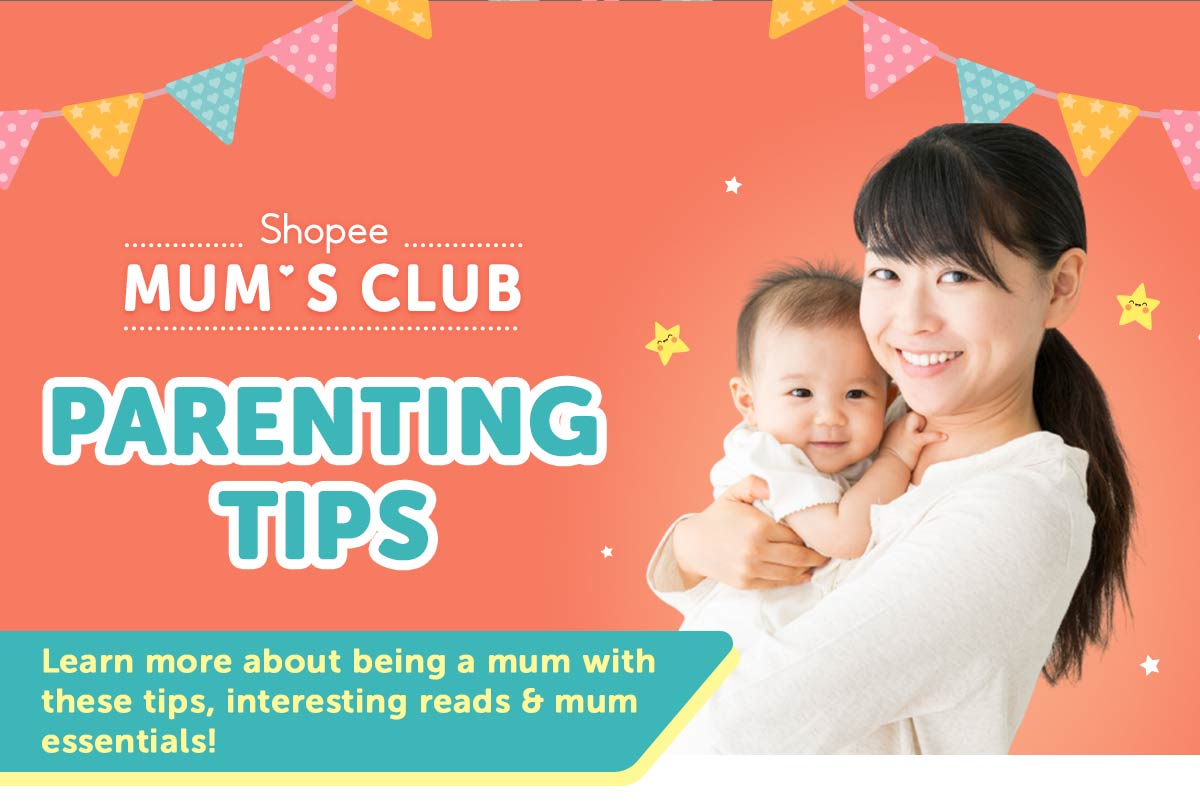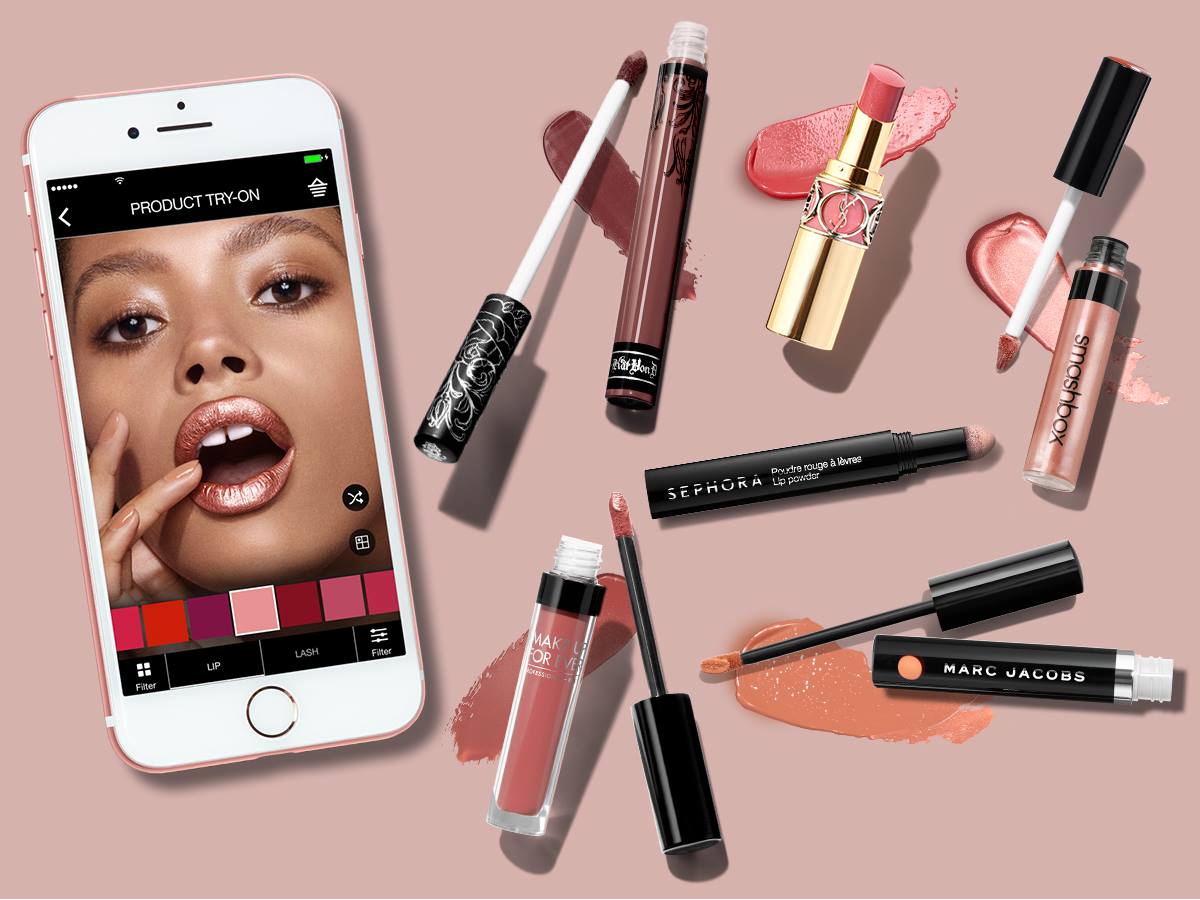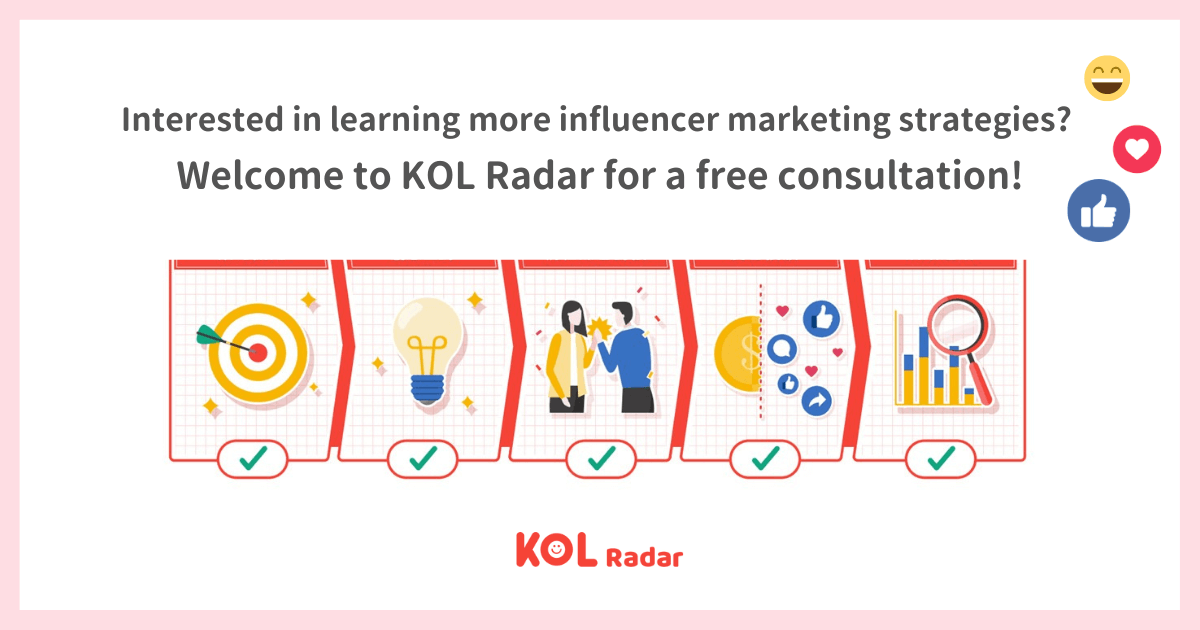In the ever-evolving landscape of influencer marketing within Malaysia, brands and businesses are continually seeking new ways to engage their audiences. As a leading influencer marketing platform, KOL Radar stays closely connected with the latest trends and strategies that are relevant to the Malaysian influencer marketing landscape.
This piece explores practical strategies that are reshaping the industry, from the growing influence of micro-influencers to the dynamic intersection of e-commerce and influencer collaborations. Get ready to discover the key trends shaping how brands connect with their audience in Malaysia’s digital landscape.
1. Micro-Influencers on the Rise
In an age where authentic and relatable content is preferred over mass-appeal campaigns, embracing the micro-influencer trend empowers Malaysian brands to build genuine connections with their target audiences.
These smaller-scale influencers, including nano-influencers (1,000 to 10,000 followers) and micro-influencers (10,000 to 50,000 followers), offer a compelling strategy for local brands and companies:
- Localised Content and Language: Malaysian micro-influencers can craft content in multiple languages. This adds a personalised touch to the message that connects with distinct segments of the Malaysian population, amplifying the relatability and trust in the brand.
- Promoting Inclusivity and Diversity: With their specialised niches, micro-influencers from various backgrounds have the potential to champion inclusivity and diversity. This approach embraces the rich diversity of Malaysian society and appeals to an increasingly inclusive consumer base. By doing so, brands ensure their message resonates with a broader spectrum of the population, cementing deeper connections and brand loyalty.
- Low Cost, High Engagement: Micro-influencers charge lower collaboration fees when compared with celebrity influencers, making them a cost-efficient solution for brands, especially those working with limited budgets. Simultaneously, their smaller, niche audiences tend to be more engaged, resulting in greater and more meaningful interactions with their content.
- Niche Expertise: Micro-influencers are often experts in their niches, making them invaluable partners for brands seeking to promote specific products or services that require specialised knowledge. Their deep understanding of their respective niches not only adds authenticity to their recommendations but also simplifies collaboration with brands.
With their smaller following, micro-influencers often have more bandwidth for direct collaboration, allowing for tailored, personalised campaigns that align precisely with a brand’s objectives. This expertise and ease of collaboration offer a unique synergy that benefits both influencers and brands alike.
2. E-commerce and Affiliate Marketing
E-commerce and affiliate marketing represent a rapidly expanding trend, with influencers taking centre stage as strategic e-commerce partners and affiliates. They are actively shaping the landscape by sharing product reviews and recommendations, doing unboxing videos, offering exclusive deals, and providing education and entertainment to their dedicated followers.
For instance, one of Malaysia’s major e-commerce platforms, Shopee, has a live programme showcasing the influence of mom influencers called “Mum’s Club Show”. In these sessions, these influential mothers discuss various health topics related to parenting, children, and even kids with special needs. This approach not only engages their communities but also showcases the potential for impactful e-commerce partnerships.

In a recent news article, Shopee’s Head of Marketing Campaigns highlighted that 75% of surveyed customers turn to influencers’ tutorial videos to solve problems and expand their product knowledge.
Live shopping has become one of the most trusted platforms for consumers to obtain personal advice, two-way feedback, and product clarifications with compelling proof. Brands can leverage the power of influencers as trusted shopping guides who impart wisdom and help customers in making informed choices.
By selecting these KOLs whose values align with the company’s ethical values, brands can ensure that influencers are authentic, resonate well with their target audience, and significantly influence purchasing decisions. Through these strategic collaborations, the retail landscape is transforming into more personalised, educational, and community-driven experiences.
3. Using Diverse Platforms to Expand Reach
According to Meltwater Malaysia’s Digital Report 2023, Facebook, Instagram, and TikTok reign as Malaysia’s most favoured social media platforms with their popularity varying across different age groups and geographic locations. Statistics also show the rise in popularity of short-form videos, particularly on TikTok, which reaches a younger target audience.
Brands can consider partnering with KOLs that embrace a broader spectrum of social media and content-sharing platforms, including YouTube, TikTok, and Twitch.
Short-form videos remain a growing trend, with Instagram Reels and TikTok as ideal spaces for quick, attention-grabbing content. Brands and KOLs can utilise short-form video format to connect with younger demographics effectively. Quick tutorials, comedy skits, concise product reviews, before-and-after transformations, short cooking videos, lip-syncing and dancing, behind-the-scenes, and travel videos are among the popular forms of short-form video genres curated by influencers.
YouTube, on the other hand, allows for more in-depth, engaging storytelling, catering to a different segment of the audience. Therefore, brands can consider engaging KOLs for product reviews, tutorials and how-to guides, unboxing, shopping hauls, competitions, behind-the-scenes, vlogs, and testimonial videos. These types of videos enable viewers to get in-depth information and discover the full features of the products and services being promoted.
Twitch, a live streaming hub for gamers, offers an interactive space for KOLs to engage with their audience in real time. Brands leverage Twitch and KOLs for effective product and service promotion. Some examples include sponsored streams and influencer endorsements to create authentic connections with engaged audiences. To generate buzz, brands could organise product integration, giveaways, and branded events, while real-time chat interactions engage viewers.
Expanding marketing efforts across diverse social media platforms ensures that the brand’s content remains relevant and engaging while encouraging authentic interactions. This approach enriches influencer-brand partnerships and delivers diverse, engaging content to a broad audience.
4. Sustainable and Ethical Brand Partnership
Malaysians are becoming increasingly aware of the impact their consumer choices are having on both society and the environment. As a result, brands that promote sustainable and ethical products and services have gained popularity and prominence in recent years.
Consumers are no longer focusing on the product itself but are also paying significant attention to the values upheld by the brands they support. Eco-conscious companies and those with a strong commitment to ethical practices are winning the hearts and wallets of Malaysian shoppers.
This consumer trend on a more sustainable and ethical future also benefits influencers who openly display sustainable and ethical values. With their reach and authenticity, here are some examples of how brands can use influencers to promote sustainable and ethical products and brands:
- Awareness and Education: Brands can engage influencers to inform their followers about the brand’s sustainable practices, ethical sourcing, and positive action towards climate change while emphasising the importance of supporting eco-conscious brands.
- Authentic Advocacy: Brands can partner with influencers who genuinely embrace sustainability and ethical values in their own lives, thereby enhancing the brand’s authenticity and credibility among their target audience.
- Catalysing Change: Brands and organisations can inspire their audiences to incorporate sustainable consumption patterns and daily habits through influencers who actively promote these practices.
When companies hire influencers as change agents in the promotion of sustainable and ethical products and services, they create a ripple effect, encouraging others to make similar decisions.
5. Augmented Reality and Virtual Try-on Experiences
Augmented Reality (AR) and virtual try-ons have ushered in a new era of consumer engagement, and influencers are playing a key role in leading these immersive and interactive experiences. Using virtual reality, companies can connect with their customers in innovative ways, bridging the gap between the digital and physical worlds.
For instance, beauty industry leaders such as Bobbi Brown, Estée Lauder, M.A.C, and LANEIGE have already rolled out realistic AI and AR-powered virtual try-ons to shoppers in Malaysia. This technology allows consumers to conveniently explore and select the most suitable beauty products from the comfort of their own homes.

To take this concept a step further, beauty companies can collaborate with local influencers to make the experience even more relatable. When Malaysian influencers use AR filters and virtual try-ons on their Asian skin tones, it delivers a more appealing and authentic demonstration for local audiences. Besides enhancing the consumer’s shopping experience, the influencer endorsement establishes trust among their loyal following.
The applications of AR and virtual try-ons extend beyond the beauty industry, too. Other industries can also benefit from these methods, whether it’s fashion influencers trying on clothing, automotive influencers demonstrating the virtual experience of customising car features, or a real estate influencer providing virtual property tours, augmented reality and virtual try-ons enable brands to create immersive content to drive engagement and foster a deeper connection with their followers and the brand’s consumers.
Conclusion
In summary, as influencer marketing in Malaysia continues to evolve with time and audience preferences, staying attuned to these trends is crucial for brands looking to engage their audiences effectively.
KOL Radar, with our insights and expertise, is ready to guide brands through this dynamic landscape, ensuring they make the most of the growing influence of micro-influencers, the fusion of e-commerce, the power of diverse social media platforms, the rise of sustainability, and the potential of augmented reality and virtual try-ons.
By leveraging these trends in collaboration with influencers, brands can navigate the ever-changing digital landscape and connect more authentically with their audiences.

Interested in executing influencer marketing effortlessly using in-depth data? Learn more detailed information: https://www.kolradar.com/en/
▶︎ This article may not be reproduced, redistributed, publicly broadcasted, or publicly transmitted in any form. Copyrights and portrait rights of the images and data cited in this article remain with the original rights holders.



